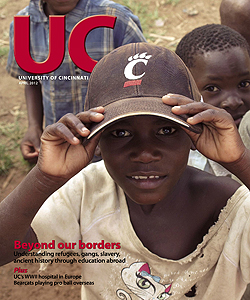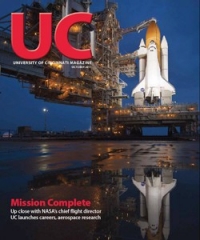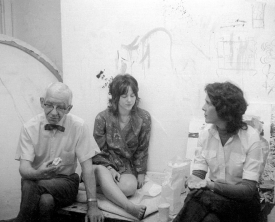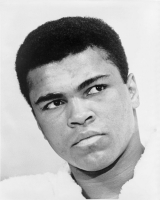Foster and favorite faculty
Congratulations for the best issue yet [October 2011, "Mission Complete"]. I view other alumni magazines, and none can hold a candle to yours.
I especially enjoyed the letters about “Finding Phil Foster.” I enjoyed classes with professor Foster and remember him well, especially the bow ties and socks.
One of the letters also mentioned Mr. Quale, Reginald Grooms, Hope Warner and Dr. Balinkin. Those are wonderful professors I studied with.
As I recall, all of our art classes were held in temporary barracks buildings. There were no dorms for men at that time, so housing was in private homes or fraternity houses.
I have not been back to the campus since graduation and can only imagine what the campus is like from the pictures in your publication and Google maps. I am sure I would require a guide in order to avoid getting lost. I hope to be able to visit soon.
Gerald Guy, DAAP ’54
Marion, Ind.

 Past Issues
Past Issues



